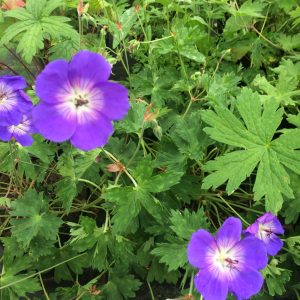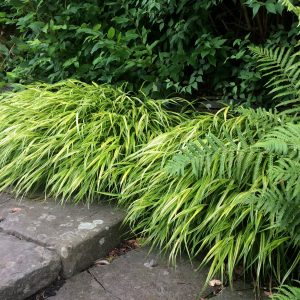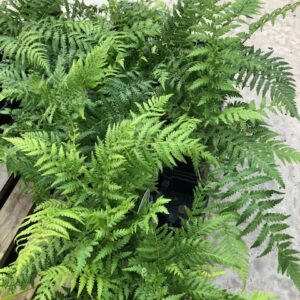Ferns, Perennials
Ostrich Fern.
Matteuccia struthiopteris
Ostrich Fern. 
Shuttlecock Fern.
Matteuccia struthiopteris is a beautiful elegant fern with bright pale green fronds which unfurl in spring to form tight ‘shuttlecocks’. The ostrich fern is a hardy plant that can grow in a variety of soil types, as long as they are well-draining. It prefers moist, shady locations and is often found growing in woodlands and along riverbanks. It can also tolerate some sunlight but prefers to be in partial shade.
This perennial dies back to below ground level each year in autumn, then fresh new growth appears again in spring.
SKU: MAT-ST
Categories: Ferns, Perennials
Tags: Deciduous, Easy to grow, Ground cover, Poolside, Shade loving, Shuttlecock fern, Waterside, Woodland plant
Related products
-
Rated 0 out of 5
Dryopteris wallichiana Jurassic Gold
£11.99 Select options This product has multiple variants. The options may be chosen on the product page -
Rated 0 out of 5
Hakonechloa macra Aureola
£9.99 Select options This product has multiple variants. The options may be chosen on the product page -
Rated 0 out of 5
Dicksonia antarctica
£7.99 Select options This product has multiple variants. The options may be chosen on the product page






